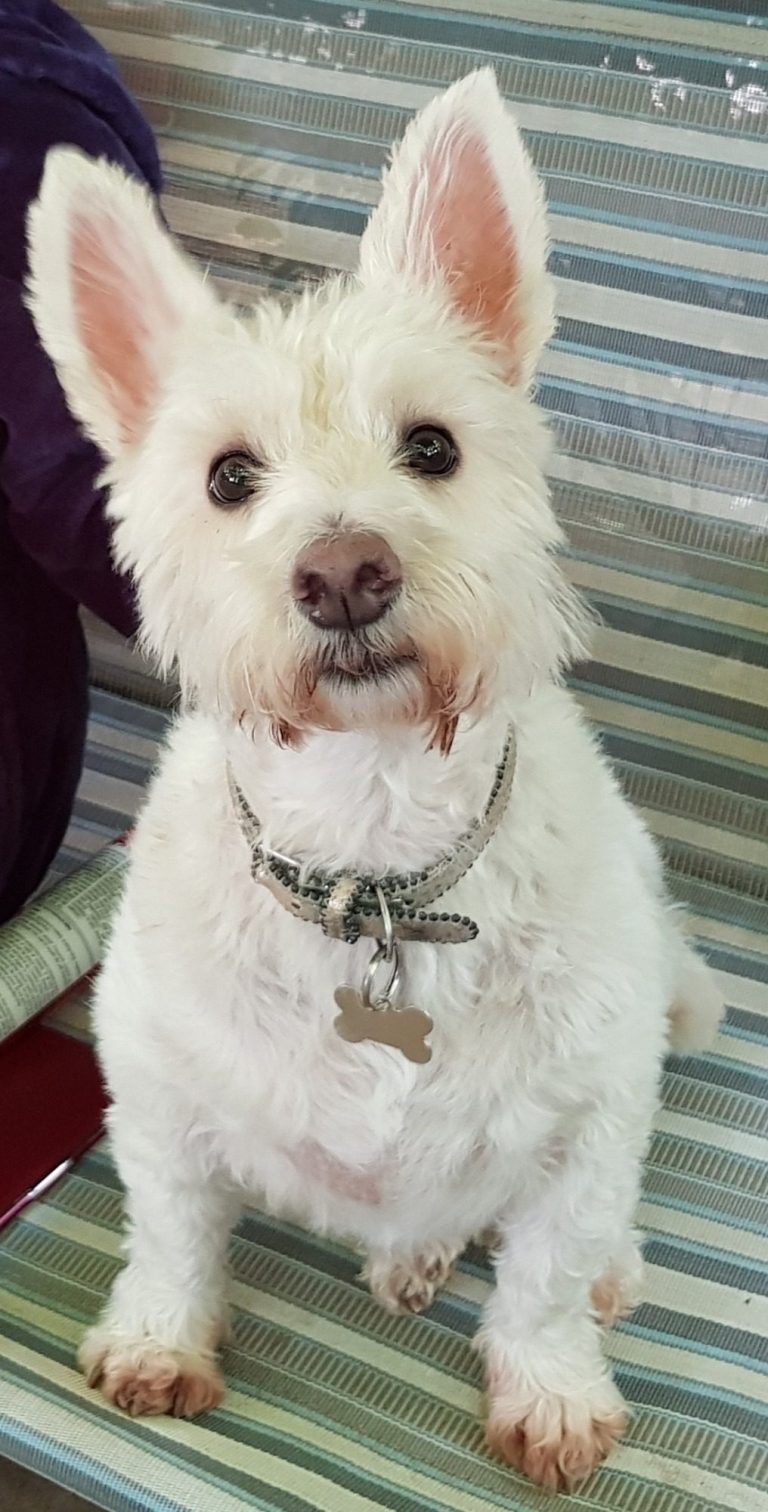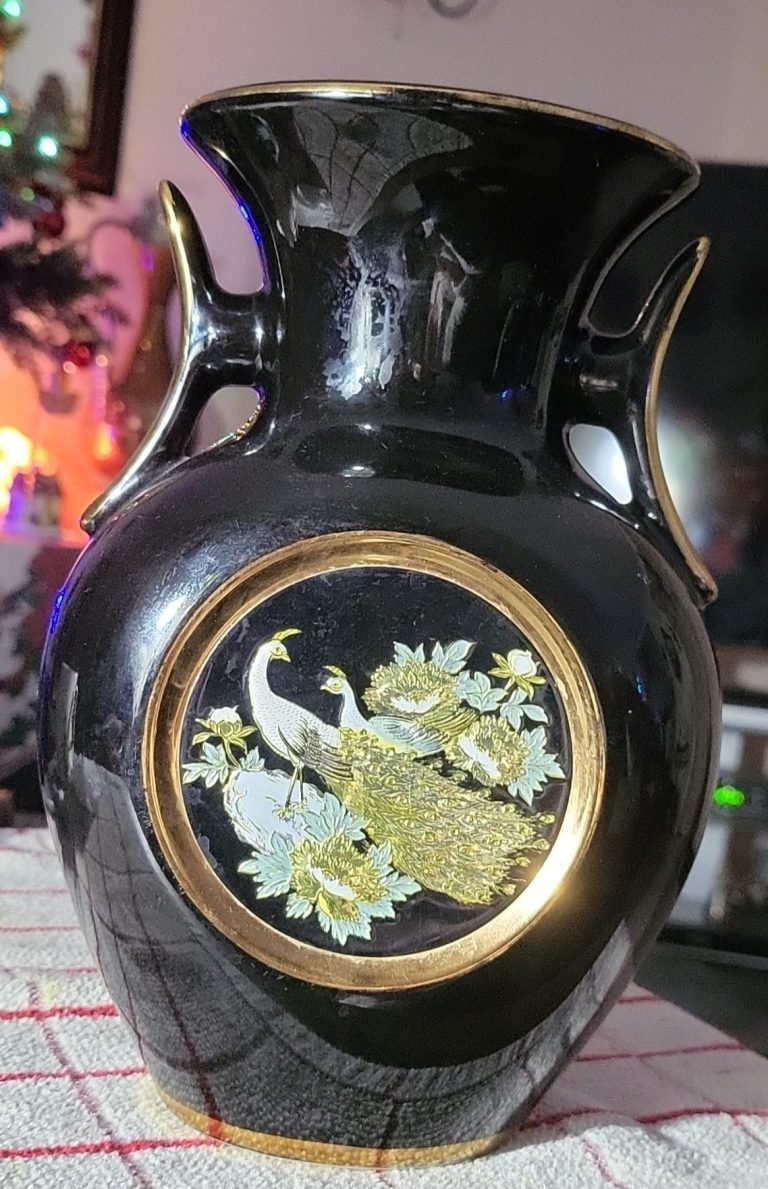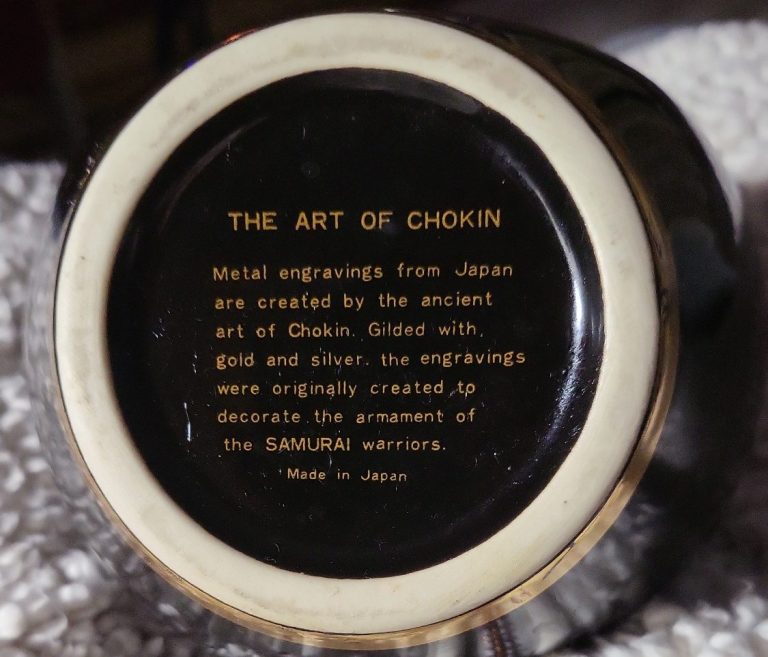
The Art of a Fidegua (cooked by my friend Paty in Spain)
Fideguá (or Fideuà) is a traditional Spanish dish from the Valencian Coast, closely related to paella but made with short noodles (fideos) instead of rice. Its origins date back to the 1920s or 1930s among fishermen, who cooked it on boats using broken vermicelli noodles, seafood, and fish broth. Some claim it was invented in Gandia when a chef substituted rice with noodles by accident.
The dish resembles a seafood paella in flavour, with key ingredients like fideos (toasted noodles), prawns, squid, mussels, and a rich sofrito of garlic, tomatoes, and paprika. It’s cooked in a wide, shallow pan (paellera) and often served with alioli.
The first written mention appears in Valencian newspapers by the mid-20th century, and it’s now a staple in coastal regions, especially during festivals. Unlike Italian pasta dishes, fideguá absorbs broth like rice, creating a distinct texture.

The Art in your eyes
Eyes That Speak Without Words
They say the eyes are windows to the soul, and in Bobby’s case, his were entire poems written in glances. Over his 19 years, he never needed words to say what he felt. His big, dark eyes, shining like amber at dusk, were a dictionary of emotions: they’d blink slowly with happiness when I stroked his fur, grow misty with pain in his final days, and spark with unwavering loyalty every time I walked through the door.
Bobby wasn’t just a dog; he was a master of silent language. His eyes said “I’m here” when I sat down to cry, “You can count on me” when life weighed too heavily, and “I understand” better than any human words ever could. I learnt that the purest love needs no verbs; it’s written in pupils wide with joy as he sniffed the damp grass and in the knowing blink when he hid his favourite toy beneath the sofa.
Now, when I close my eyes, I still see his. That gaze, blending the wisdom of an old soul with the tenderness of a pup. Bobby left behind a lesson etched in fire: the art of truly looking is the universal language of love. Because eyes that love don’t lie and don’t abandon. And though his body is gone, his light still winks at me in every golden sunset.
Bobby, your pupils were lighthouses that still brighten my nights: two constellations of fur and purrs that taught me true love never leaves; it takes up residence in the heart’s retina.


The Art of Chokin
This is my precious vase, a gift from my boy years ago. To hold it is to cradle history itself, for it carries the whispers of ancient Japan. Chokin, the centuries-old art of engraving copper and gilding it with gold, silver, and vibrant hues, began as adornment for the swords and armour of mighty samurai. By the 12th century, warriors carried not just weapons but masterpieces into battle.
Chokin began in the age of the samurai, when artisans engraved warriors' swords with fortunes and prayers in liquid gold. Over the generations, the art passed from master to apprentice, its legacy kept alive by a devoted few. Today, Chokin transforms everyday objects into heirlooms—plates that catch the light, bells that sing with craftsmanship, and vases like mine, etched with more than patterns: with meaning.
When my son gave me this vase, he gave me more than Chokin’s beauty. He gave me a connection to the hands that shaped it, to the artists who keep tradition alive, and to the love that turns metal into memory. It stands not just as decoration, but as a testament to what endures: art, history, and the quiet power of a gift that grows more precious with time.
©Copyright. All rights reserved.
We need your consent to load the translations
We use a third-party service to translate the website content that may collect data about your activity. Please review the details in the privacy policy and accept the service to view the translations.